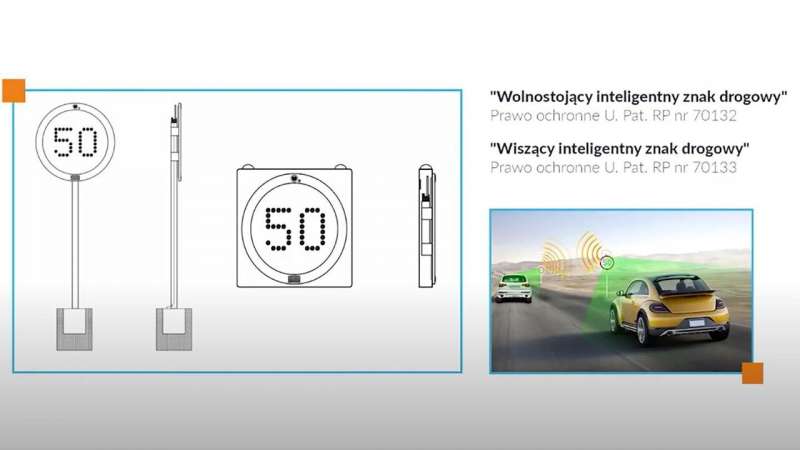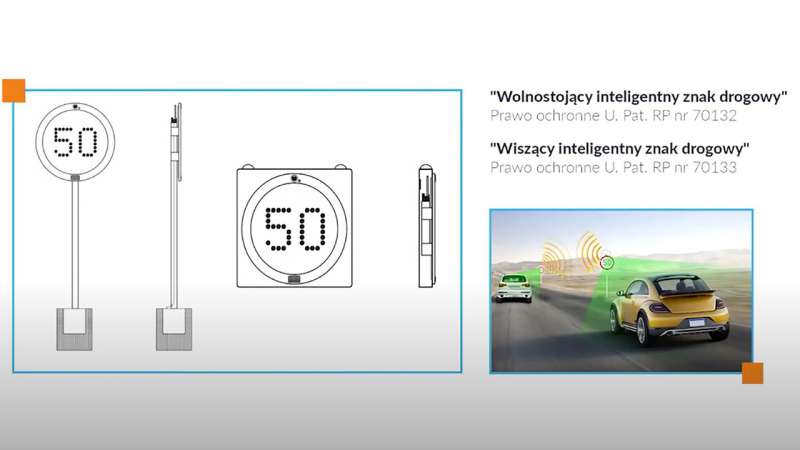Researchers in Poland have created smart road signs that use built-in Doppler radar, video, and acoustic radar and weather stations to monitor road traffic and conditions to warn drivers in real-time of hazards and prevent collisions on highways. Credit: Czyzewski
Ever get caught up in a pileup or have a near miss with one during bad weather? Researchers in Poland have created smart road signs that use built-in Doppler radar, video, and acoustic radar and weather stations to monitor road traffic and conditions to warn drivers in real-time of hazards and prevent collisions on highways.
During the 179th Meeting of the Acoustical Society of America, which will be held virtually Dec. 7-10, Andrzej Czyzewski, of Gdansk University of Technology, will describe his applied research project to develop autonomous road signs with built-in acoustic radar devices. His session, "Comparing traffic intensity estimates employing passive acoustic Radar and microwave Doppler Radar sensor," will be held on Dec. 7 at 10:15 a.m. ET.
"We can calibrate an acoustic vector sensor so it can be used to measure highway traffic volume and count vehicles by analyzing the noise they emit as they go by," said Czyzewski. "Our work also allows a comparison of the efficiency of microwave versus acoustic radar methods."
Signals obtained via Doppler radar can be used as a reference source.
"Although the acoustical vector sensor, the embodiment of acoustic radar, has lower accuracy than Doppler radar at vehicle counting and isn't able to measure vehicle speed with the same precision, it has key advantages over Doppler sensors," he said.
Researchers in Poland have created smart road signs that use built-in Doppler radar, video, and acoustic radar and weather stations to monitor road traffic and conditions to warn drivers in real-time of hazards and prevent collisions on highways. Credit: Czyzewski
The main advantages are that it doesn't emit any signals and isn't susceptible to electromagnetic interference like Doppler sensors are. An acoustical vector sensor also makes it possible to analyze audio signals to provide an assessment of road conditions—whether it's wet or dry.
As part of this project, signs are being designed that can be placed on a mobile stand or hung above the road. They display dynamically updated recommended speeds, which are determined automatically by an electronic module mounted within the road sign.
The signs communicate via V2X technology, which is also known as vehicle-to-everything, a Wi-Fi derivative designed for fast-moving objects that lets Bluetooth-enabled smartphones and cars talk to each other.
This technology was poised to be rolled out earlier this year, "but the pandemic has slowed production," Czyzewski said.
More information: acousticalsociety.org/technical-program/
Provided by Acoustical Society of America

























